After our cold spell here in Southern California — it actually got into the high 20s in our neighborhood, reminding me of my many years in the Midwest – the resident and visiting birds are out in full force.The dozens of wintering Robins, and the colorful Cedar Waxwings, who come all the way down from Canada and Alaska, especially rely on our winter berries.
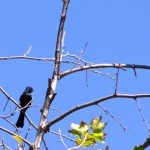
Our year-round hummers, the Anna’s hummingbird, are making their clicking sounds, and I hear the call of a red-eyed Phainopepla. There have been many joyous sightings and the sad death of one Cedar Waxwing who hit our window (which gives me the opportunity to link to my article on preventing window bird hits and also, show why you seldom see a dead bird – see photo gallery at end of article)
Here are some photos, including California Brown Pelicans on our December trip to the coast. Last year ornithologists said many pelicans were visiting from Mexico. (References below)
Ever wondered what happens to birds who die?
We occasionally find dead birds (most often due to cat kills or a rare window hit) and we put them out for nature to take its course. We’ve been amazed how quickly ants can devour a carcass, so this time we put the poor Cedar Waxwing that hit our window on the ground at dusk and put the wildcam camera out to see what happened. The answer: the resident opossum that cruises our yard every night. Here you go:
For more info:
Anna’s Hummingbird (Cornell Lab of Ornithology) – including call sounds)
Cedar Waxwings – Cool Facts (Cornell Lab of Ornithology) and an interesting article on Cedar Waxwings
California Brown Pelicans in trouble article (June 2014)
Dana Point Headlands – a beautiful coastal preserve (see California how it used to be…) where we saw the pelicans
Phainopepla Cool Facts – (Cornell Lab of Ornithology)
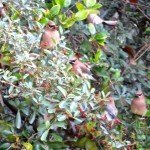
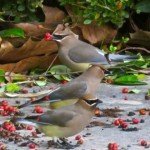
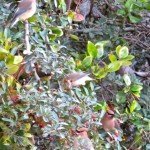


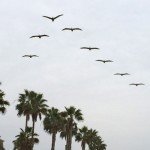
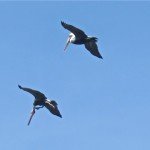

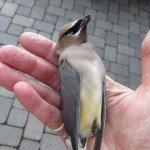
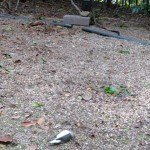

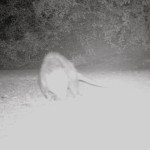
Thanks for the great pics – both the birds and natures way of recycling! And generally, thanks for the blog.